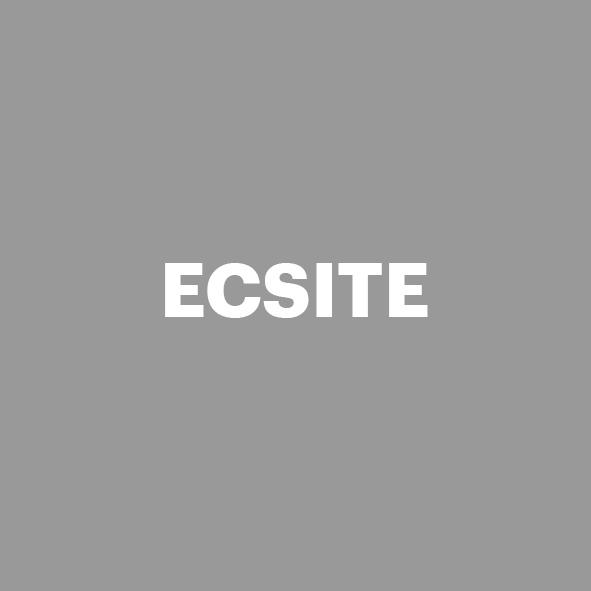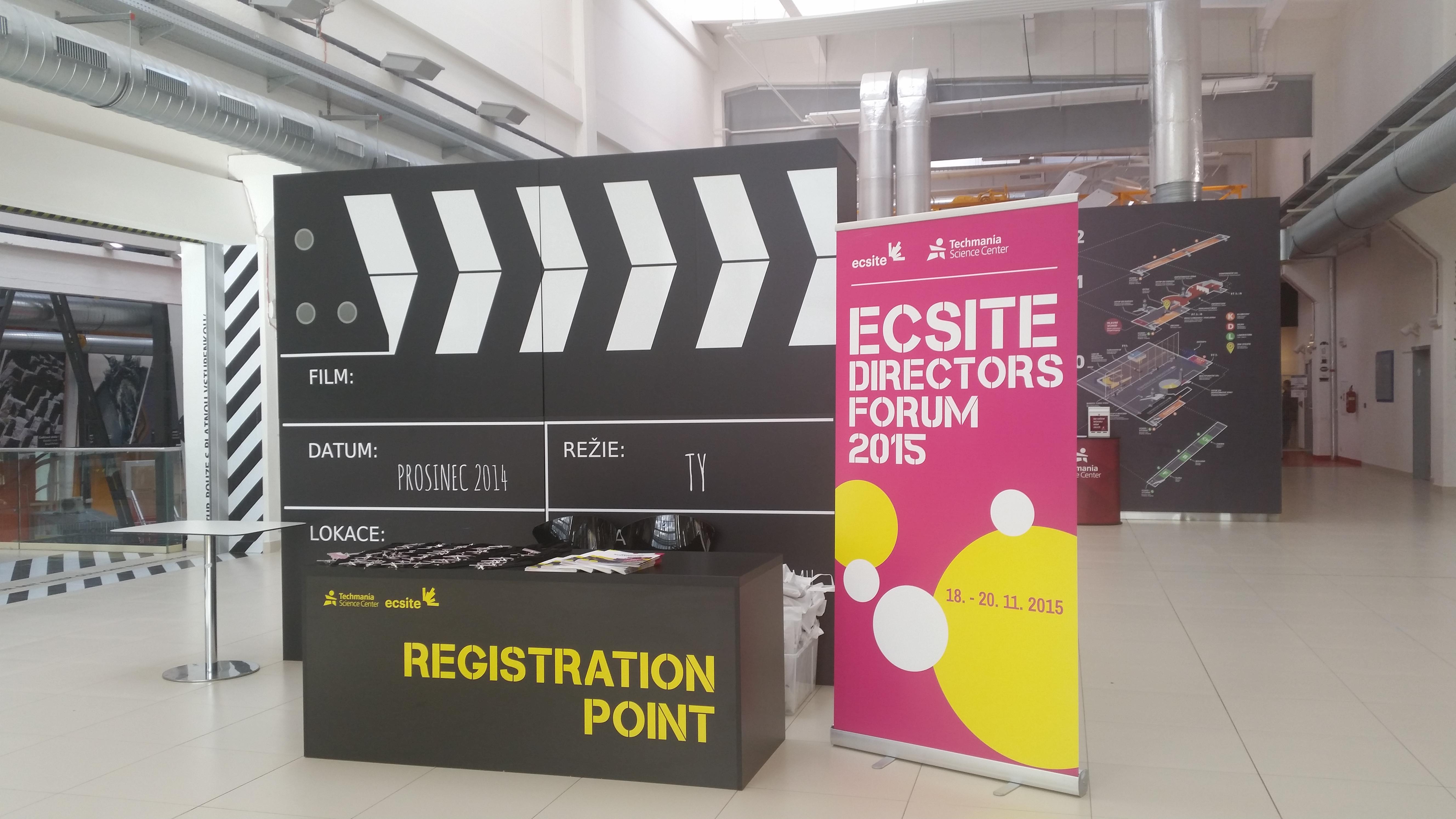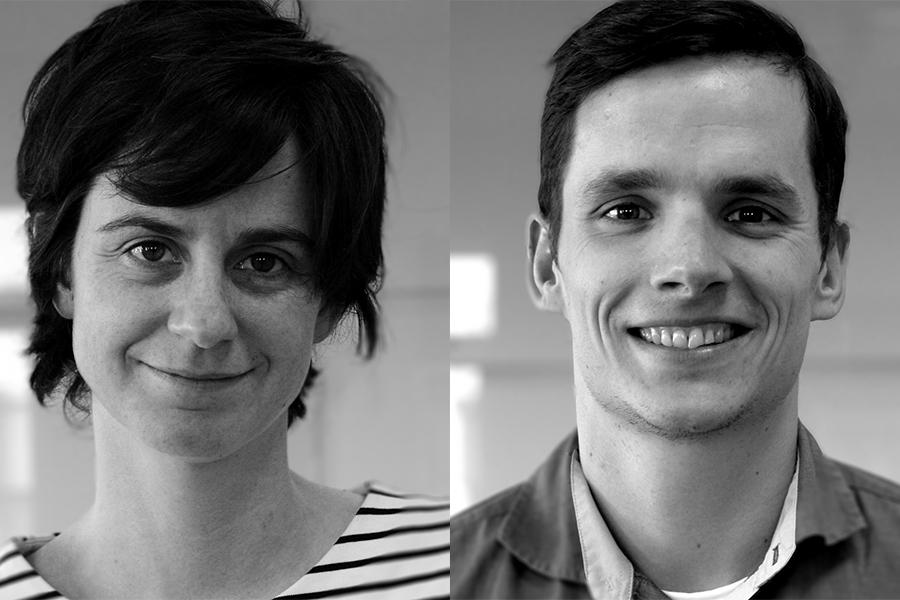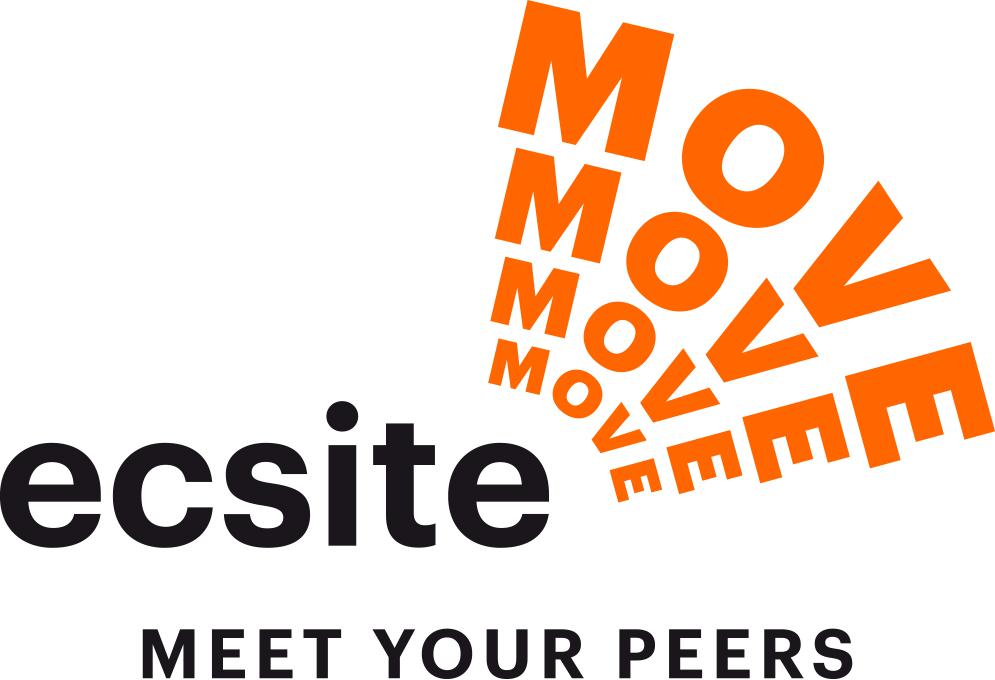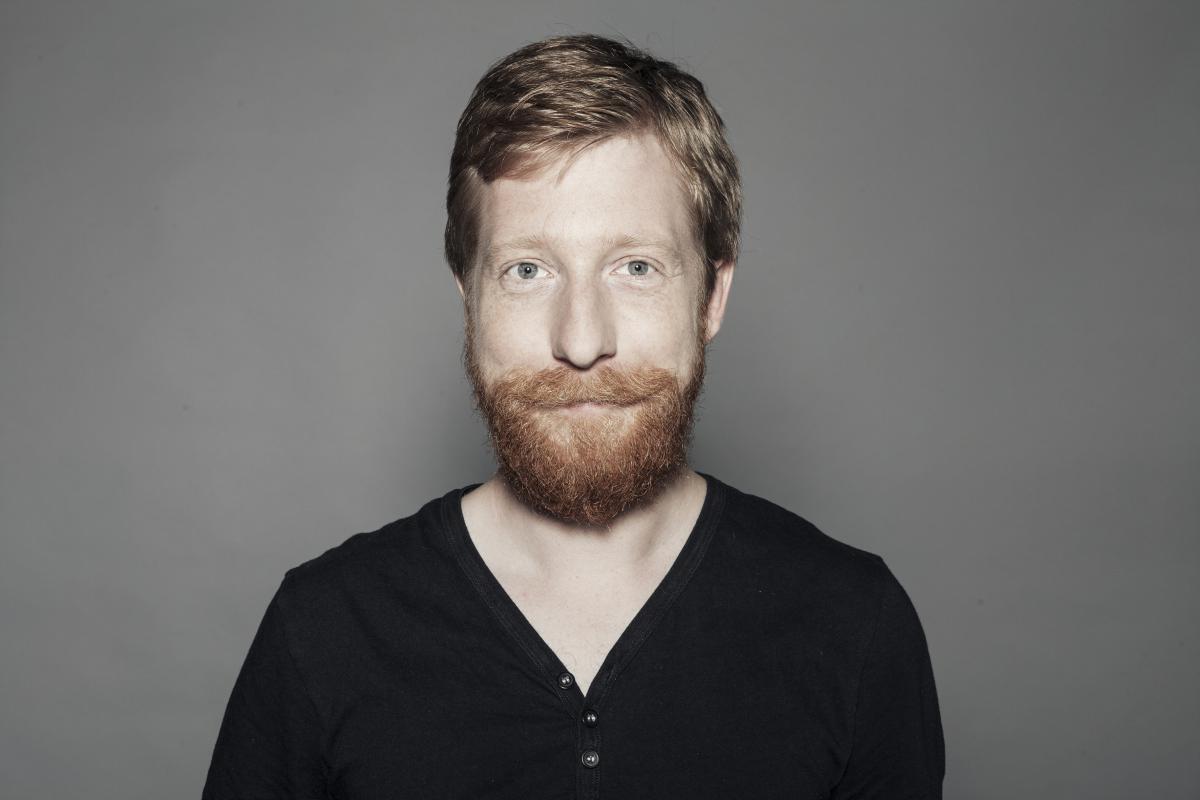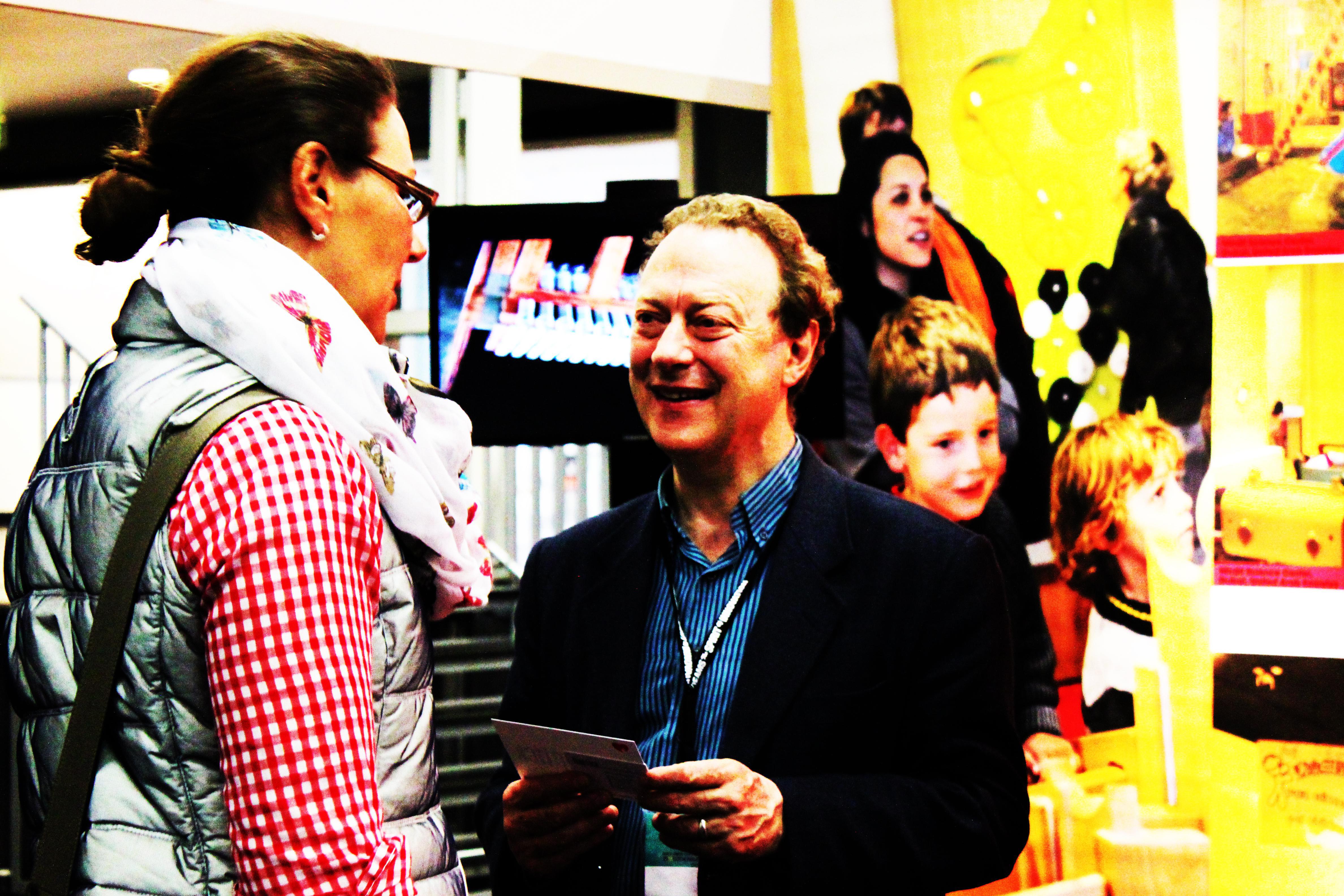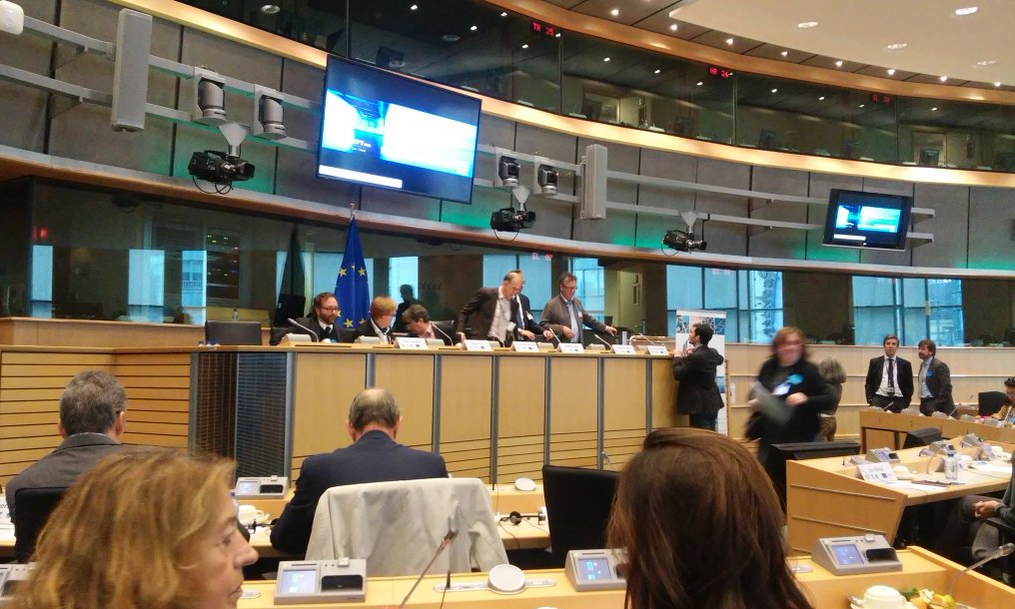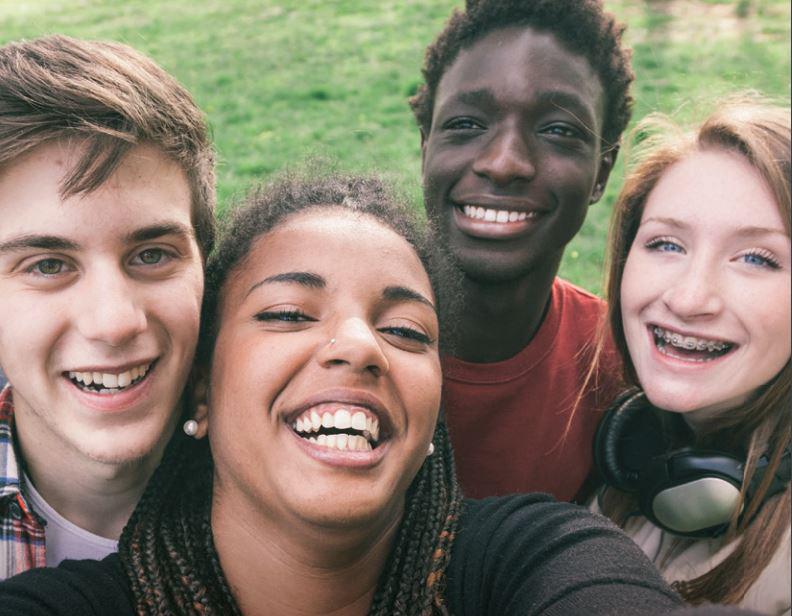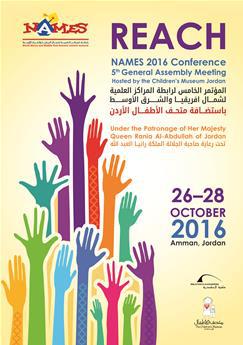Paradigm Shift, Soft Power & Creativity
Echoes from the 2015 Hands-on! conference of the International Association of Children in Museums
| Estimated reading time: 12 minutes
This year’s Hands On! Conference of the International Association of Children in Museums was held in Amsterdam, Netherlands, on 13-16 October. I was attending and as the Chair of the Spokes Committee, I couldn’t miss the opportunity of yielding stimulating ideas from this neighbouring field and report them back to you, dear readers. You’ll get a chance to meet some of the Hands-on! crowd at the 2016 Ecsite Annual Conference next June in Graz: our two networks are developing close ties and Hands-on! will be contributing to our conference’s programme.
The practical organisation of the 2015 conference was in the hands of the Rijksmuseum and the city’s Jewish Cultural Quarter, but sessions were also held at other venues, including the NEMO science centre, Cinekid Festival and Stedelijk Museum and the National Maritime Museum and the Netherlands Museum Association were also organising partners. The conference theme was ‘Touch and Learn’. More precisely: how can museums touch the hearts and minds of children in the 21st century? And how can hands-on, sensory experiences enhance children’s education in museums?
The aim of the event was to explore the ways in which museums can encourage imagination, creativity and lifelong learning in children.
The conference was attended by over 400 people from 38 different countries. They were delighted by the immaculate organisation of the event, the hospitality shown to them, and the scattered location of the venues, which gave them the chance to see a lot of Amsterdam. As with the Ecsite conference, there was a varied programme of keynote speakers, lectures and workshops. One new and interesting idea was the ‘Parolado sessions’. Parolado is the Esperanto word for “talking” and the idea of the sessions is to give people just six minutes to present a subject they are enthusiastic about. This strict format keeps contributions brief and to the point.
Soft Power
Keynote speakers are an important feature of any conference. They attract participants and set the tone for the event. In this case, the first speaker was Gail Lord, who talked about children in the city and about her book Cities, Museums and Soft Power – a new publication in which she and fellow museum planner Ngaire Blankenberg demonstrate why and how museums and cities are using their ‘soft power’ to address some of the most important issues of our time. They define soft power as the exercise of influence through attraction, persuasion and agenda-setting rather than military or economic coercion. In the book, fourteen of the world’s leading museum and cultural experts explore examples of the many facets of soft power in museums worldwide: how they amplify civic discourse, promote resilience, accelerate cultural change, and contribute to contextual intelligence among the great diversity of city dwellers, visitors and policy-makers.
Museums need to activate their Soft Power
Lord urges city governments to embrace museums, which (she points out) are so often the signifiers of their cities, increasing real estate values while attracting investment, tourists and creative workers. In her keynote speech, she presented 15 tips to help museums activate their Soft Power and use it as a tool. She also discussed developments in the knowledge economy and the changing landscape of informal learning. She was enthusiastic about the opportunities for museums to work with real objects in a screen-based world. She argues that, for this reason, the Maker movement is more than just a passing fashion and represents a fundamental shift in the way we look at learning in museums and science centres.
View presentation here
Paradigm Shift
The other main keynote speaker was Yong Zhao, Director of the Institute for Global and Online Education (University of Oregon, USA). He believes that traditional education is no longer working because the one-size-fits-all approach means that too little attention is paid to learners’ individual strengths and weaknesses. Entrepreneurship-oriented education should now focus on student autonomy using product-oriented learning in the setting of a global campus, rather than on knowledge and its assessment within a set curriculum. He feels there has been a paradigm shift: traditional education cannot keep pace with the speed of change, technological and otherwise, in present-day societies. Populations are ageing. Economies are ever more computerised and global. Today’s educational systems produce only ‘employees’. But, in this new global economy, the jobs that exist now may not exist by the time today’s students enter the workforce.
To succeed in this ever-changing world, students need to be able to think like entrepreneurs: resourcefully, flexibly, creatively and on a global scale.
Students need to learn how to think like entrepreneurs
In his book World Class Leaders, Yong Zhao advocates a change in education in order to produce independent thinkers who are willing and able to use their learning to create jobs and make positive contributions to the globalised society. With the liberty to take meaningful decisions and explore non-traditional learning opportunities, today’s students will develop into tomorrow’s global entrepreneurs.
Further information here.
Techno-Poetry
The last keynote speech was given jointly by Wim Pijbes (Director of the Rijksmuseum) and Dutch artist and innovator Daan Roosegaarde. Their presentation was more personal and focused on museums as centres of inspiration, motivation and innovation. Daan Roosegaarde has an international reputation for creating social designs exploring the relations between people, technology and space. Based in the Netherlands and Shanghai, Studio Roosegaarde is the social design lab where he collaborates with his team of designers and engineers. With projects ranging from fashion to architecture, its interactive designs – such as Dune, Smart Highway and Waterlicht – are tactile high-tech environments in which viewer and space become one. The connection established between ideology and technology results in what Roosegaarde calls ‘techno-poetry’. Looking back to his own school days, he told how “I looked for advice on what to study. I took some tests and it turned out that what I wanted ‘did not exist’. People asked me: why don’t you go do something that gets you a real job? I felt like an infiltrator of the system. This process made me realise that I want to make things. I’m not a consumer, I’m a maker. I want to make, hack and upgrade.”
I’m not a consumer, I’m a maker
He sees himself as a kind of ‘ideas machine’, but “With the aim of provoking interaction. And to show that the world is not static but fluid. And that what you and I do has an impact on the way the world is.” Museums have a major role to play in this. They need to make objects from the past relevant to the present. Museums are places that provide inspiration and promote creativity! Further information here
Hands On! sessions
As always, the programme also included countless sessions, lectures and workshops where projects were presented and best practices shared.
A good example was Clemmentijn Verwoerd-Treinen’s presentation of the Google Cultural Institute. Google’s mission is to organise the world’s information and make it universally accessible and useful to everybody. The Google Cultural Institute was created a few years ago to produce technologies that will give access to the world’s culture to everyone, everywhere. One of its projects is Museum View: a kind of ‘Street View’ for museums that allows users to wander around great museums all over the world as if they were really there. It is even possible to zoom in and examine paintings ‘in close-up’ with ultra-high resolution that reveals even the cracks in their surfaces.
Museum View is a kind of ‘Street View’ for museums: users can visit great museums all over the world without leaving their homes
The Cultural Institute also offers a large digital catalogue of artworks, searchable on the basis of various criteria, filtering the results at will. For example, a user might search for paintings with an equine theme produced between 1665 and 1735. This allows users to perform their own research and draw their own conclusions. They can also ‘visit’ digital exhibitions created by various artists (including street artists). This Google facility enables users to see and research artworks all over the world. Further information here.
At another session, Marianne Grymer Bargeman (Head of the Children and Youth Department of the National Gallery of Denmark) told how she researched visitor experience at one National Gallery of Denmark exhibition. Entitled ‘Home’, the show was designed for young families with children and included both existing works of art and purpose-made exhibits. Items on display ranged from paintings expressing the feeling of home to a huge carpet made of used kitchen cloths, T-shirts and other home-related fabrics, and from sensory boxes to audio fragments of the sound of various Danish families preparing dinner. The small-scale visitor study focused on families and children as individuals. Methods included observations of visitor behaviour (sociometric records of their movements, where they stopped and paused), clip-on microphones to enable analysis of conversations, and interviews. The study revealed that children engaged with the artworks less than expected.
The National Gallery now realises that it can be hard for visitors to grasp the layout of an exhibition (for example, when it continues on another floor) and that artworks do not always attract the attention they deserve. As Marianne Grymer Bargeman jokingly observes, “Sometimes we even wondered whether it would have made any difference if we had put in IKEA furniture.” Further information here.
In her session, Deborah Carter (Director of NewTechKids) talked about the afterschool technology education academy she has set up in Amsterdam to introduce children to the technological concepts underlying gadgets and devices. The focus is on 21st-century skills like critical thinking, collaboration, communicating, creativity and problem-solving. The programme aims to promote digital literacy and work within a STEM context. Carter observed that most children are passive technology users who don’t understand how technology works and are unable to create it themselves.
Children are are using technology passively
The academy focuses on four core concepts: systems thinking, design thinking, programming and logic, and pattern recognition. It provides challenge-based learning in which problem-solving and creating solutions play a huge role. For example, young kids may be challenged to build a vehicle with a limited number of LEGO bricks. Doing this involves them in design processes: generating ideas, prototyping them, experiencing failure, learning from it, giving and receiving constructive feedback, and working to deadlines. It also involves them in systems thinking: they have to recognise a system, identify its constituent elements and analyse the effect of each of them. They move from systems they know to more abstract ones. Further information here.
Finally, Anne Schaepman presented Cinekid, the world’s largest media festival for children, which was taking place in Amsterdam at the same time as Hands On! Every year the festival gives over 50,000 children the chance to attend workshops and experience carefully selected media productions: feature films, children’s documentaries, short films, animations, television series and single productions, cross-media productions, and interactive installations and set-ups.
Cinekid also runs a MediaLab during the festival in Amsterdam – a 1,200 m2 digital playground where children and their parents can actively explore and learn about the possibilities of a variety of media. Over 40 different games, installations and workshops create an environment in which to experiment, play, learn and have fun with innovative media, art and technology. In addition to enabling this close, creative interaction with unique media artworks, the MediaLab is also a place where children can experience the interface between the worlds of film, television and the new media. Further information here.
Children in Museums Award 2015
The results of the 2015 Children in Museums Award were announced at a lively ceremony held at Amsterdam’s Royal Tropical Institute on the evening of Wednesday 14 October.
Two special Long-Term Achievement Awards were presented to Boston Children’s Museum (USA) and Vienna’s ZOOM Kindermuseum (Austria).
Founded in 1913, Boston Children’s Museum is both the second oldest and among the largest children’s museums in the world. It focuses on children aged from two months to 12 years old. Right back in the 1960s, it pioneered hands-on exhibition and programme techniques combined with a focus on visitor needs.
The judges said that Boston Children Museum is the main institution in the city connecting its 550,000 inhabitants, open to people who do not normally enter the world of culture, art and science and who have difficulties within the educational system. It connects children with first-class artists, including musicians from the Boston Opera House, who give regular performances at the museum especially for children. For more than a century, the museum has played a leading role in the management of museological policy for children. It is a role model for work with children, creating landmark exhibits which are now standard in children’s and science museums in the USA and worldwide.
By contrast, ZOOM is a relatively new museum. Founded in 1994 as Austria’s first children’s museum, it has since become one of the country’s largest cultural institutions for children and has been influential in the development of children’s programmes at many other Austrian museums. The museum was created as part of the updating and improvement of Vienna’s museum provision in the cultural complex now known as the MuseumsQuartier.
The judges felt that the museum's concern for an understanding of children was exemplary and its work with special needs groups was outstanding. ZOOM’s goal is to show children the complexity of the world in which they live and make them realise that answers are often very difficult to find. The museum has maintained its position in the MuseumsQuartier and its current visitor numbers of 129,000, achieved despite budget cuts, demonstrate the status it has acquired as a venue of international importance. Further information here.
Do you really know us?
The Hands On! Conference was cleverly programmed to reflect general trends in the field, especially regarding the choice of keynote speakers. The sessions were much more hands-on, with many real-life examples, and they didn’t come only from science museums; there were a lot of speakers from art museums too. This combination of arts and science made the 2015 conference so interesting that it would be a good idea to step up that cross-fertilisation at the 2017 conference. Because the focus of this conference was on children in museums and on creativity, most of the presentations and workshops were accessible, fun and inspiring. The whole event was of a high standard but also pleasingly down to earth. After the sparkling opening by a group of articulate children who set the tone by challenging delegates "This conference is about us but do you really know us?", things couldn’t really go wrong.
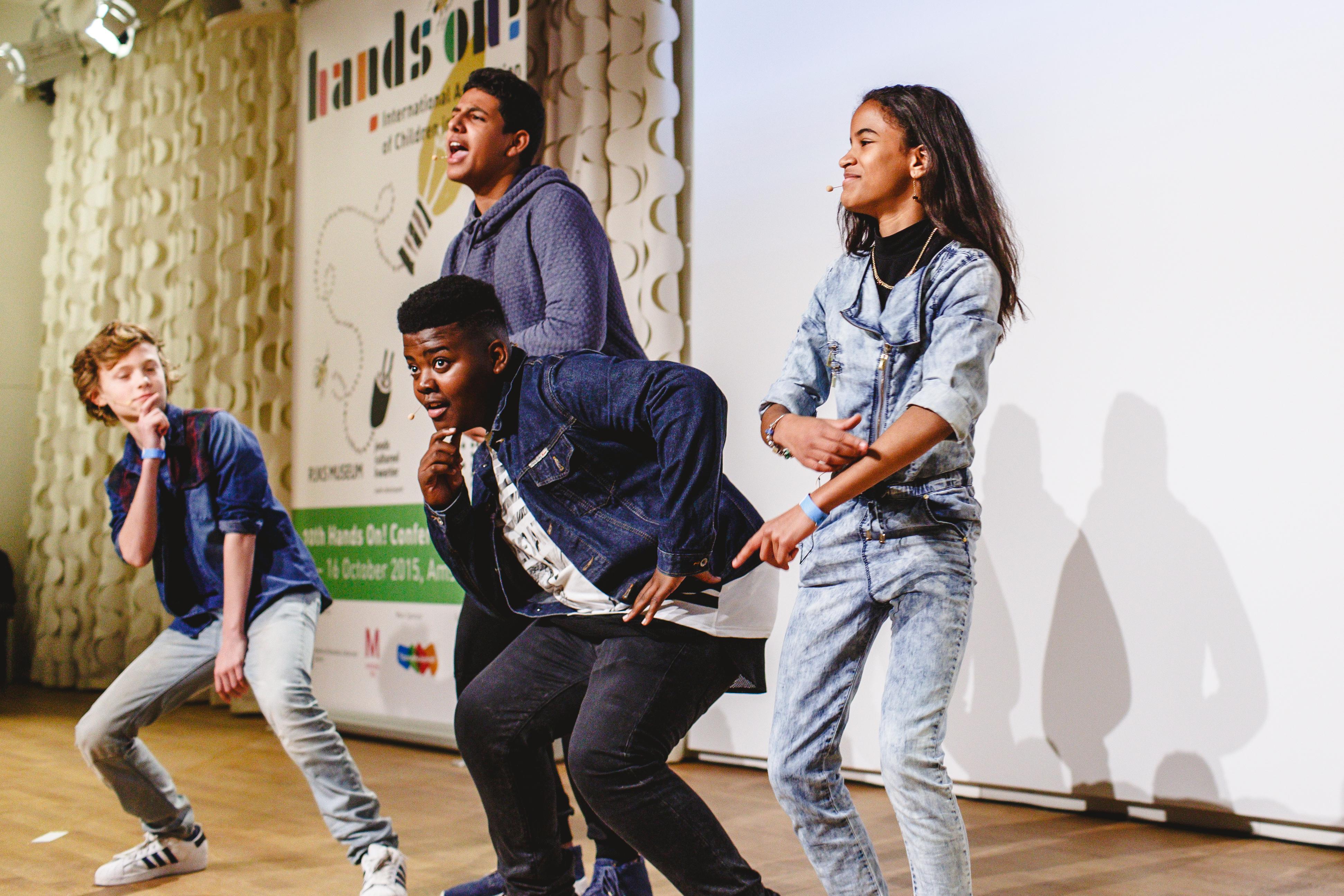 A group of teenagers "hacked" and led the opening ceremony of the 2015 Hands-on! conference - Photo by Bibi Veth
A group of teenagers "hacked" and led the opening ceremony of the 2015 Hands-on! conference - Photo by Bibi Veth Keynote speaker Yong Zhao at the 2015 Hands-on! conference - Photo by Bibi Veth
Keynote speaker Yong Zhao at the 2015 Hands-on! conference - Photo by Bibi Veth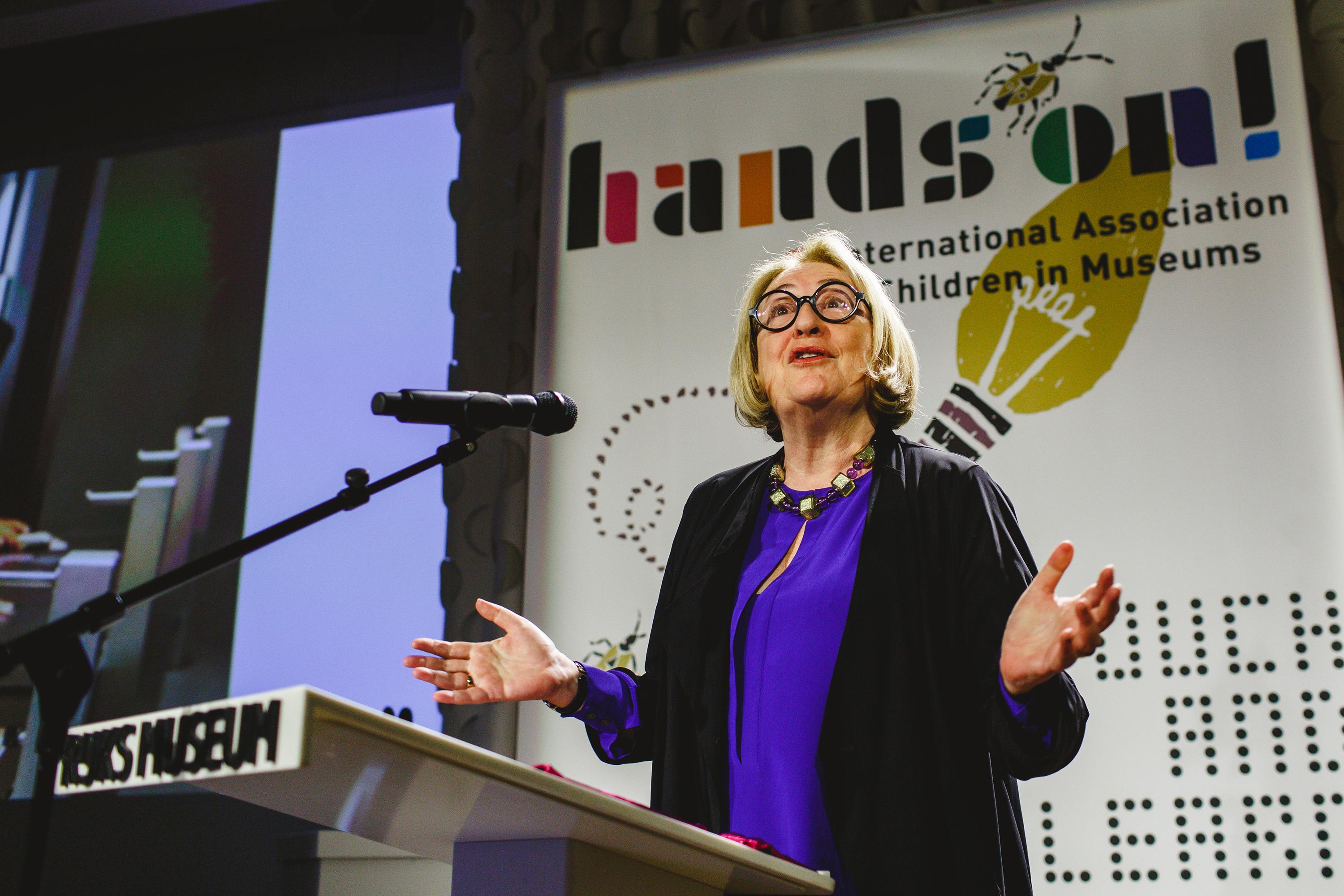 Keynote speaker Gail Lord at the 2015 Hands-on! conference - Photo by Bibi Veth
Keynote speaker Gail Lord at the 2015 Hands-on! conference - Photo by Bibi Veth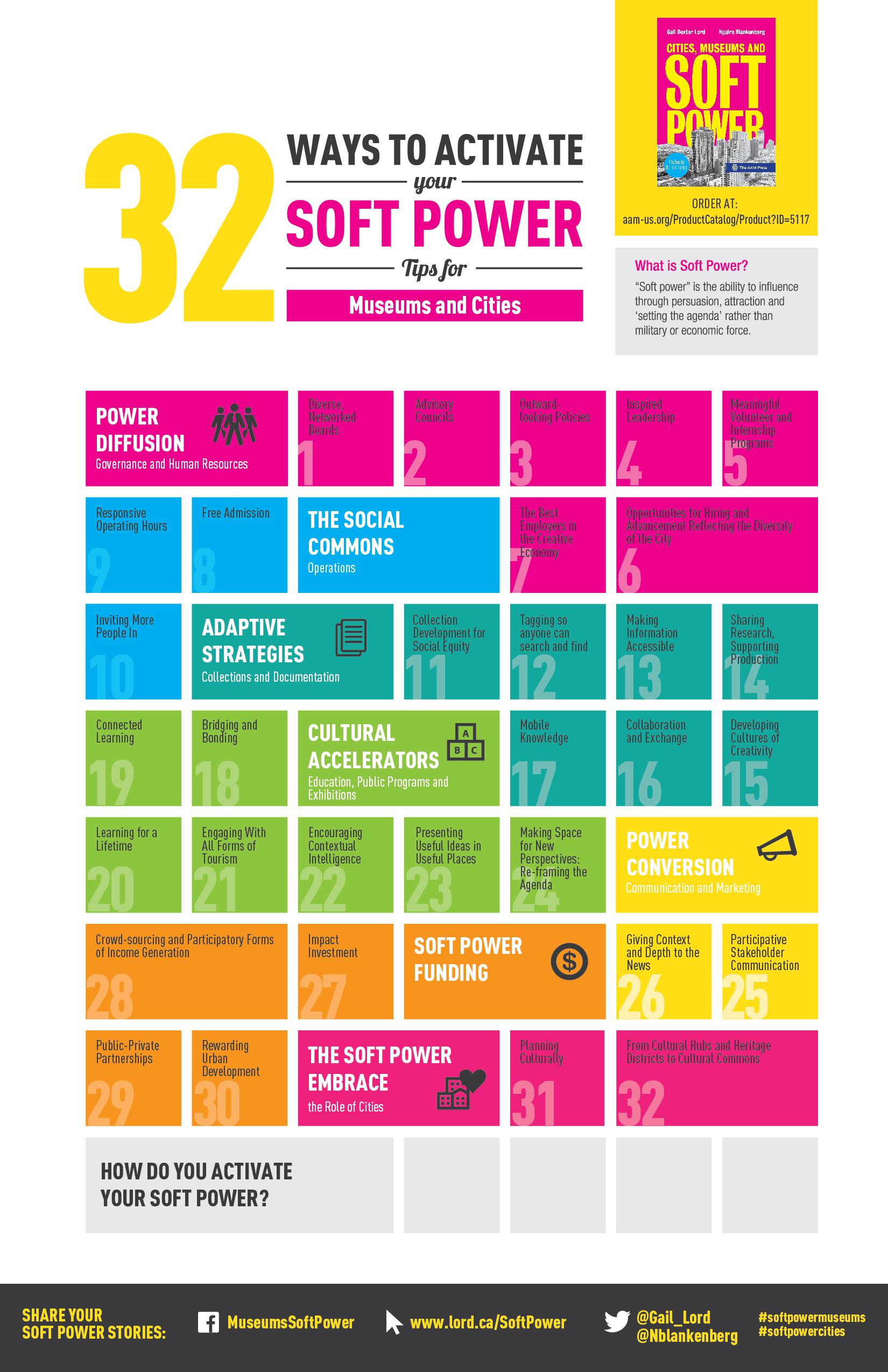 "32 ways to activate your soft power" by Lord Cultural Resources
"32 ways to activate your soft power" by Lord Cultural Resources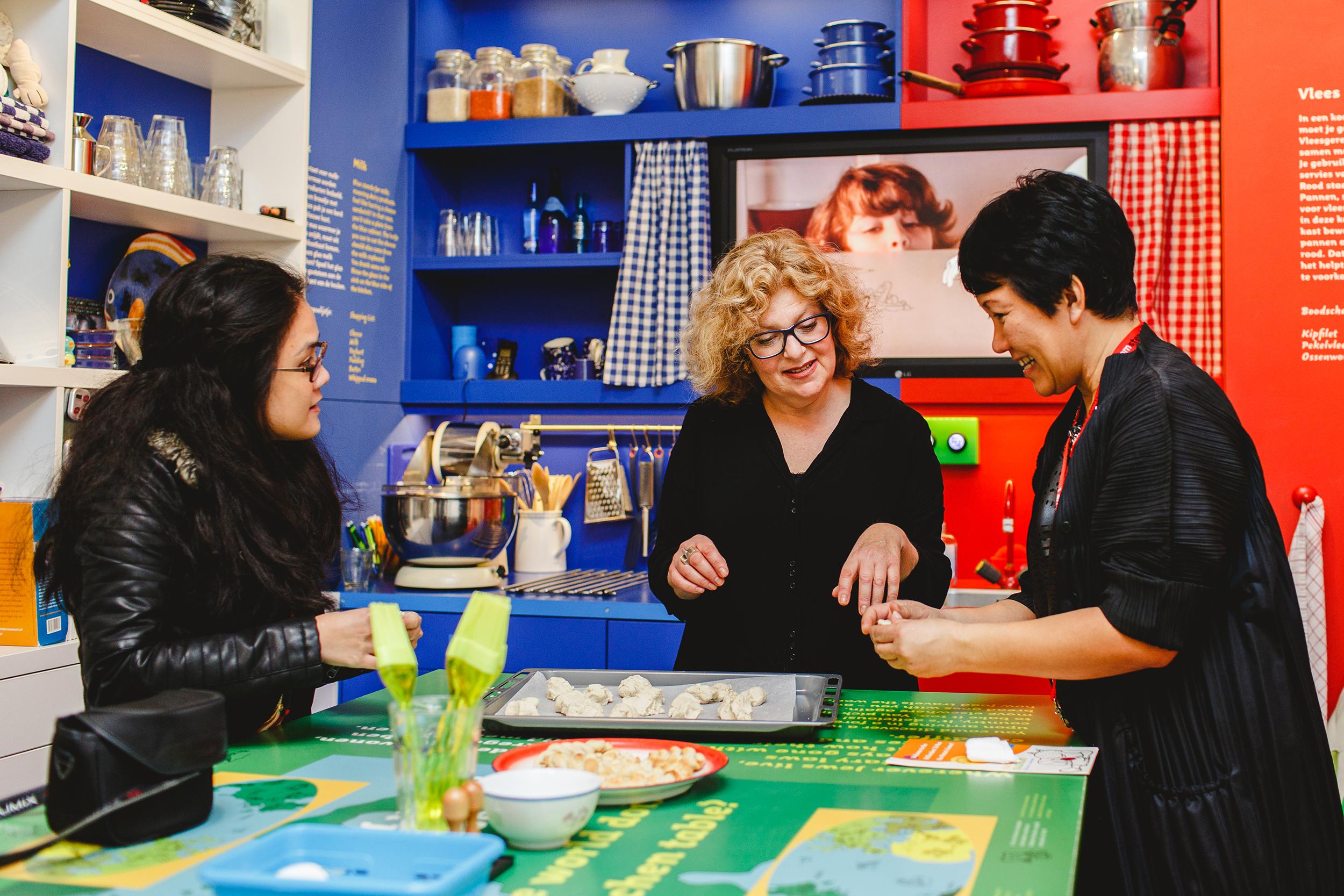 The 2015 Hands-on! conference programme included many visits and workshops, here making bread at the Jewish cultural quarter - Photo by Bibi Veth
The 2015 Hands-on! conference programme included many visits and workshops, here making bread at the Jewish cultural quarter - Photo by Bibi Veth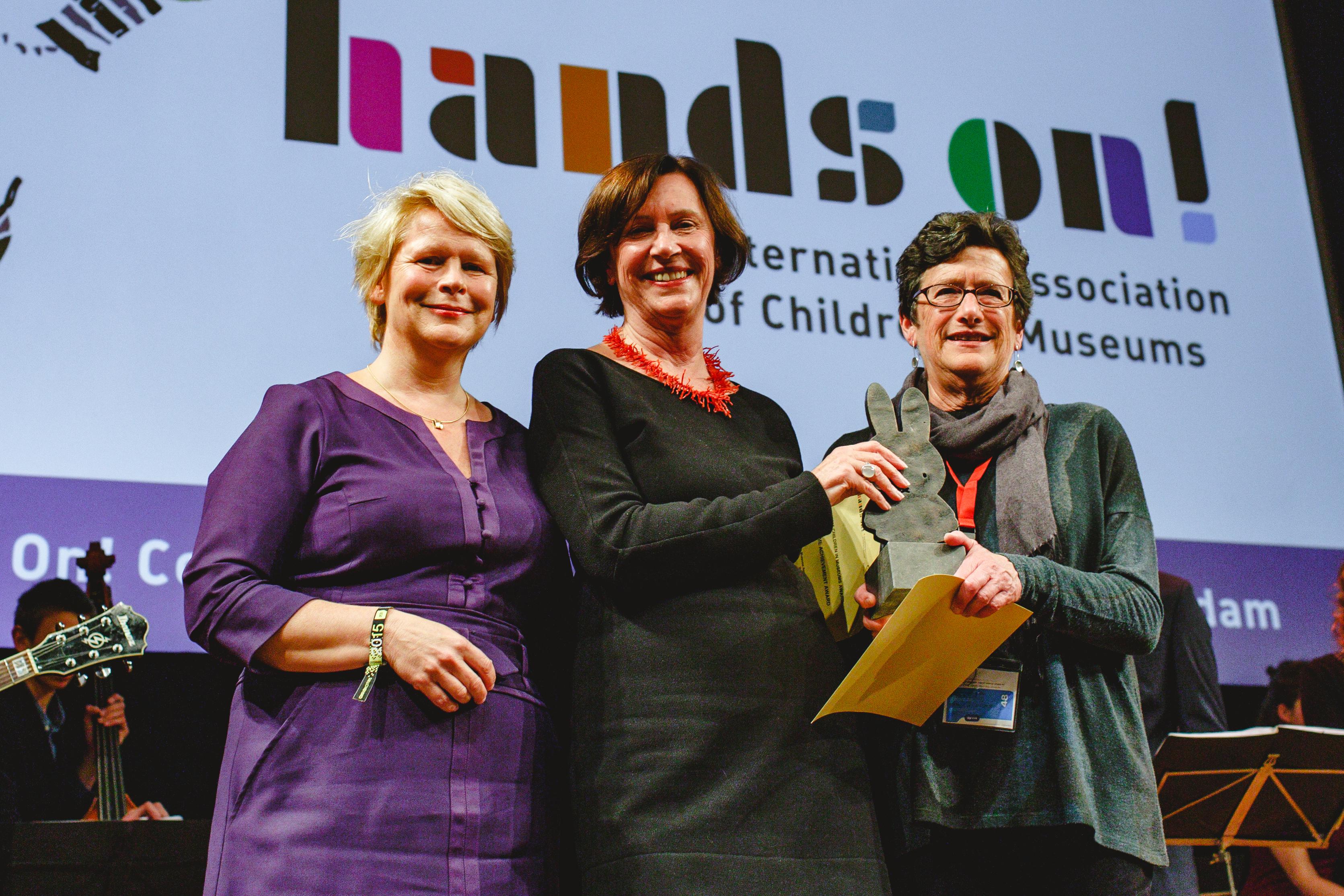 2015 Hands-on! award winners - Photo by Bibi Veth
2015 Hands-on! award winners - Photo by Bibi VethHands On! believes that museums should encourage curiosity and imagination in the children who visit them. We recognise the role and significance of both collecting and non-collecting children’s museums. Hands On! is committed to the professionalisation of all museums that welcome children. Not only in terms of exhibition design and programmes, but also in financial and personnel management.
The purpose of the Hands On! Conference is to have a positive impact on the quality and accessibility of museums for children worldwide by providing a platform for the international exchange of knowledge and experience between museum professionals. Hands On! aims to put children’s education on the agenda of governments and museums, where it is not already there.
Hands On! strives to act as a global leader, advocate and resource for organisations serving the learning needs of children and families. Our aim is to represent both European and non-European organisations.
ABOUT THE CHILDREN’S MUSEUM AWARD
The Children’s Museum Award was established in 2011 by the European Museum Academy and Hands On! The European Museum Academy is a non-profit foundation established to reflect museums at the international level, to promote research on museography and museology as a high cultural activity, to provide constructive criticism and promote discussion about new exhibitions and museums, and to disseminate museological knowledge and ideas among members of the profession. It aims to promote the conception and development of both new and traditional museums as tools of social change.
Further information here.
HANDS ON! AT THE 2016 ECSITE ANNUAL CONFERENCE
Hands On! and Ecsite are partnering up, and the children in museums association will be participating in the upcoming Ecsite Annual Conference in Graz, Austria (9-11 June 2016). Hands-on! will be organising a pre-conference workshop open to all on Wednesday 8 June. On Thursday 9 June, the main conference’s programme will include a strand of children-related sessions culminating in an open stage Since the Hands On! Conference takes place only every two years, the presentation of the 2016 Children in Museums Award will take place in Graz at the Ecsite Gala evening. Last but not least, Joerg Ehtreiber, Director of Frida & Fred and co-organizer of the Ecsite Conference in Graz, was appointed as the new President of Hands On! last October.




